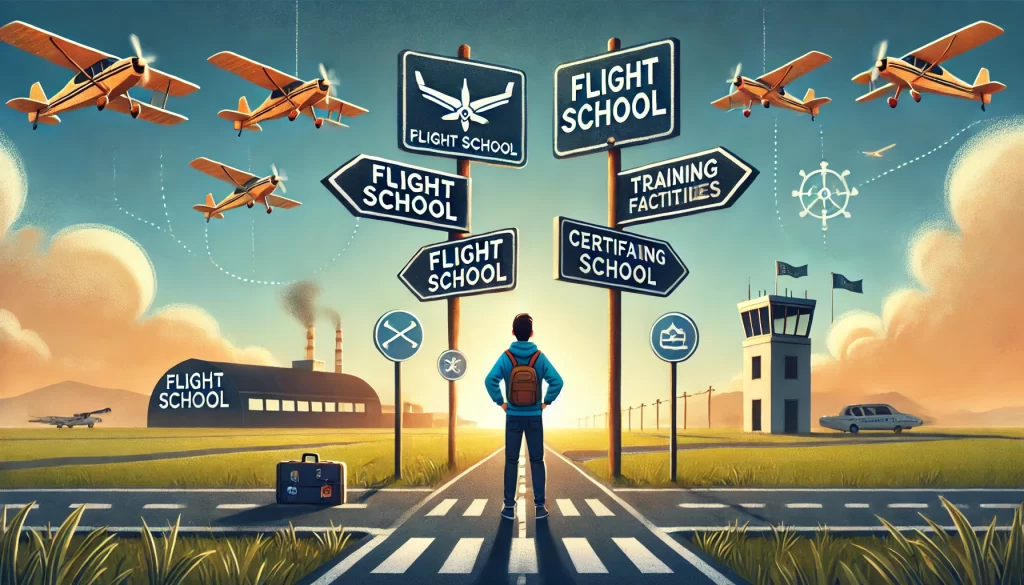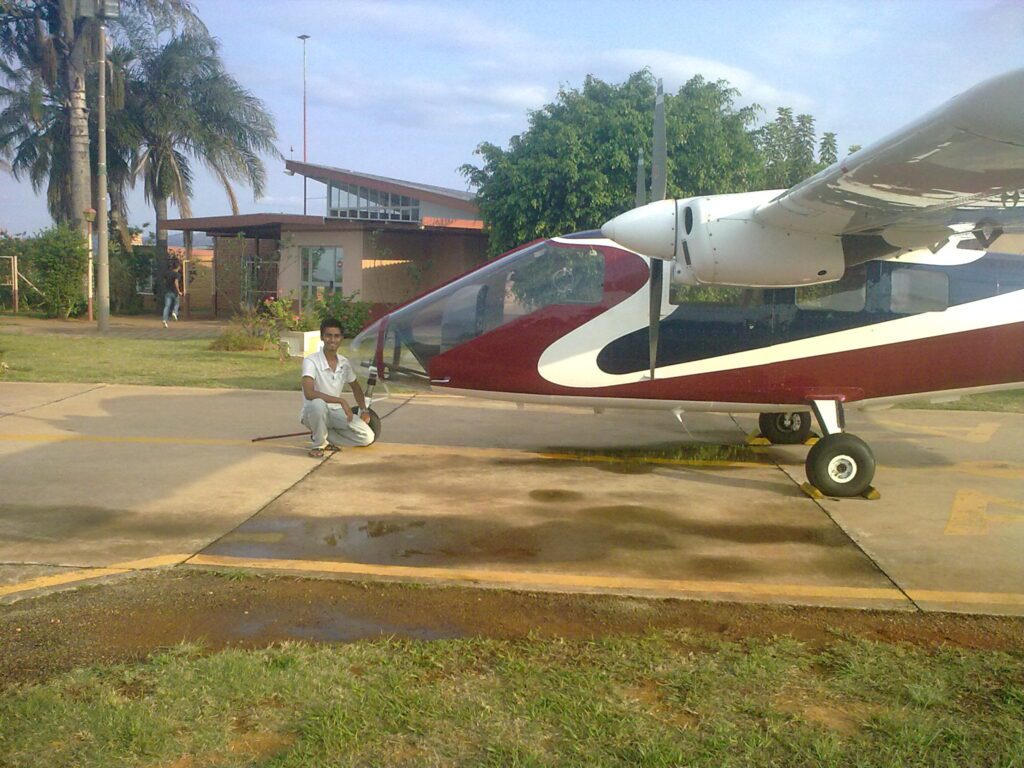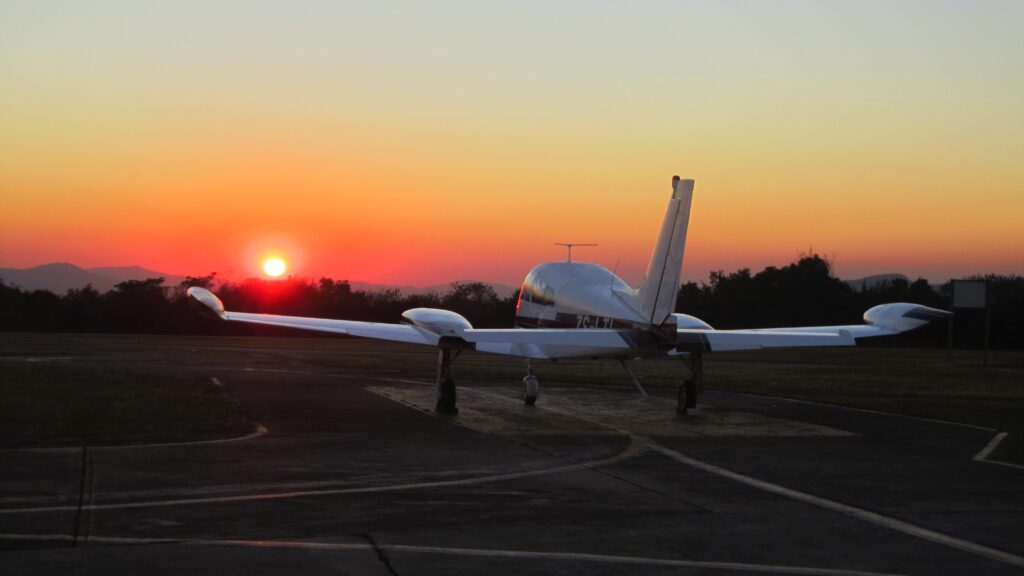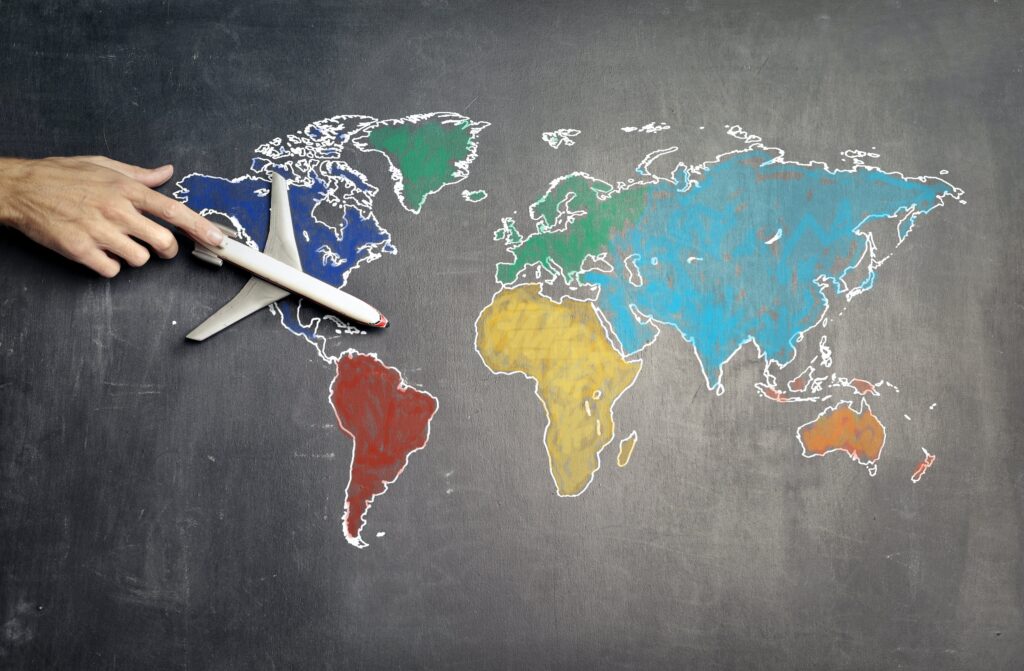Becoming a commercial pilot in India is a fulfilling yet challenging career path that requires dedication and thorough training. Whether you’re passionate about aviation or eyeing a professional opportunity in the airline industry, obtaining a Commercial Pilot Licence (CPL) opens doors to flying commercial aircraft.
In India, the regulatory body dealing with civil aviation is the Directorate General of Civil Aviation (DGCA), which comes under the Ministry of Civil Aviation.
The DGCA issues licences based on certain requirements, for specific purposes for pilots.
1. Student Pilot Licence (SPL) – required to undergo flight training.
2. Private Pilot Licence (PPL) – allows you to fly with passengers but its prohibited to be paid for it.
3. Commercial Pilot licence (CPL) – allows you to be paid for flying.
4. Airline Transport Pilot Licence (ATPL) – required to become a captain.
Read my blog comparing the Cadet pilot program and conventional training.
In this guide, I’ll walk you through the exact steps to get a CPL in India, combining practical advice with industry insights. This is for the conventional method.
- Meeting Basic Eligibility Requirements
- Joining a Flight School
- Ground School and Theoretical Exams
- Radio Telephony Rating (RTR) & FLIGHT RADIO TELEPHONE OPERATOR’S LICENCE (FRTOL)
- Accumulate Flying Hours
- English Language Proficiency
- Flying Skill Test / Check Ride
- Cost and Duration
- Career Opportunities With a CPL
- Conclusion
Meeting Basic Eligibility Requirements
Before diving into the training, ensure you meet the basic criteria:
-
- Age: Minimum 18 years at the time of CPL application (not to start training).
-
- Educational Qualification: Graduate in 10+2 with Physics and Math from a recognized board, or equivalent. If you lack these subjects, you can still appear for these exams through the National Institute of Open Schooling (NIOS).
-
- Medical Certification: Medical fitness is a key requirement in aviation. Obtain a Class 2 medical certificate followed by Class 1 from DGCA (Directorate General of Civil Aviation)-approved doctors. You should do a mock test to judge your fitness level. Click here for a list of DGCA approved doctors.
I would suggest you to enroll yourself on the eGCA website first. All your records concerning DGCA will be kept here. Once this is done, first get a Class 2 medical followed by a class 1. Assessments usually take upto 3 months to be received from DGCA.
Simultaneously, you should enroll yourself on the Pariksha website for a computer number. This is required to write exams. Be very careful while making the application, read every word multiple times as applications get rejected due to the smallest of things.
Click here to read my full story
Joining a Flight School
Joining in a reputable flight school is the most crucial step in your journey for a commercial pilot licence. Choose a school approved by the DGCA and assess their fleet, instructors, and facilities.

Factors to consider when selecting a flight school:
-
- Availability of aircraft for training.
- Quality of the instructors.
- Cost of training
- Time taken for training
- Location of the flight school
Read my blog detailing all of these points and more about finding the best flight school you !
Ground School and Theoretical Exams
Theoretical knowledge is critical, and you’ll need to pass multiple exams to qualify for a CPL:
-
- Air Regulations
- Navigation
- Meteorology
- Technical General Aircraft Knowledge
- Technical Specific Aircraft Knowledge
Many flight schools offer ground training to prepare you for these exams. The key is consistent study and practice to grasp the theoretical foundation required.
This is only the start ! Piloting requires life long of studying, constantly upgrading yourself with certifications, type ratings and endorsements.
Read my blog to know more about all these certifications and endorsements of a pilot.
If you choose a flight school in India to do your CPL training then, most flight schools will expect you to pass all the CPL level DGCA exams first, before they start with any flying. Exams are held once every 3 months as regular sessions and once a month as on demand sessions.
However, if you choose a flight school abroad, in most countries, flight schools will start with your flying and teach you a few basics first and then point you towards a PPL level book. As flying experience grows, so will your knowledge and then subsequently exams are given in parallel. Exams are held everyday with a cooling period of 72 hours incase of unsuccessful attempt.
Choosing to train abroad comes with its own pros and cons. One of which is the need to convert the foreign licence, but you need not have to waste time before hand writing any DGCA exams and can start training immediately. I’ve explained this in more detail in my blog on how to convert the licence.
Click here to read my blog on how to convert a licence.
Radio Telephony Rating (RTR) & FLIGHT RADIO TELEPHONE OPERATOR’S LICENCE (FRTOL)
In India the FRTOL works in conjunction with a Radio Telephone Rating (RTR) licence and is issued by the DGCA, which is issued once you have an RTR which is issued by WPC. A minimum class 2 medical is required for an FRTOL. The RTR is issued by the Wireless Planning and Coordination wing (WPC). There are 3 types of RTR that could be issued. They are P, C and A.
| RTR | WPC Exam | Foreign CPL | Foreign medical | Foreign RTR |
| A | Part A+B | NO | NO | NO |
| C | Part A | NO | NO | YES |
| P | NO | YES | YES | YES |
Click here if you want to know more about RTR.
Accumulate Flying Hours
The most expensive step is completing the required flight training. In India, you need a minimum of 200 hours of flight time, which includes:
-
- Solo flying: Practicing piloting alone.
- Cross-country flying: Flying between different airports, at least 100 NM away.
- Night flying: Training in night time conditions.
- Instrument flying: Using only instruments to navigate.
For a single engine rating, all 200 hours are to be flown on a single engine aircraft. For a multi engine rating, 185 hours can be flown on a single engine and the remainder, but minimum 15 hours has to flown on a multi engine aircraft.
Ratings are basically extra endorsements on your licence which then gives you extra privileges. Example, a multi engine rating gives you the privilege to fly an aircraft with more than 1 engine.

Different flight schools may have slight variations in the training curriculum, but 200 hours is the basic requirement of the DGCA.
English Language Proficiency
Acquiring any pilot’s license necessitates undergoing an English Language Proficiency examination, as english is the language of aviation. Despite its straightforward nature, the results hold significant weight, leaving a lasting impression on both oneself and potential employers. Achieving a level 6 exempt’s one from future tests, providing a lifelong validation. A level 5 requires testing every 6 years, while a level 4 mandates testing every 3 years. Levels 3 and below are not accepted, necessitating a reattempt. Click here to know more in detail about the ELP.
Flying Skill Test / Check Ride
Once you have all of the above, then you have to undergo final flying tests –
-
- General flying test by day
- General flying test by night;
- Cross-country flight test by day
- Cross-country flying test by night
- Instrument flying test if Instrument Rating is desired
Once this is complete then you can apply for a Commercial Pilot’s Licence.
Cost and Duration
The total cost for obtaining a CPL in India can range from INR 35-50 lakhs depending on the flight school and additional expenses. Typically, it takes 24-36 months to complete the training depending on the flight school and individual performance.
Click here to read about the total costs involved in becoming a pilot.
The cost of going abroad could range from INR 45-65 lakhs depending on the flight school and additional expenses. Although more expensive, you could get a CPL within 12 months. This will require you to convert your foreign CPL to an Indian one, and can have an additional cost of INR 3 – 5 lakhs.
Career Opportunities With a CPL
Most people want to work only for an airline, but getting a job is not easy when you have just a CPL with only 200 hours of flying experience. So, many CPL holders get a type rating done on their own expense, to try and get ahead and have a better chance at a job. Many a times, even this is not enough and a lot of young pilots wait several years to get employed by an airline. Many of such stories are available on the internet.
Pilots start as co-pilots, gradually working their way up to captain after gaining experience and additional certifications.
I would recommend you to explore a variety of other piloting roles such as private charter pilot, instructor jobs, air ambulance services, cargo companies, survey and mapping companies, pilot for the airports authority of India, joining the coast guard, non scheduled industry, etc within India. If you are open to jobs internationally then jobs like bush pilot, crop spraying, sky diving, etc can provide a great place to start and add value to your resume.
By doing these jobs you can build flying experience, which is most important when it comes to hiring. Once you have enough flying experience, like in my case – over 1000 hours, getting into an airline is far easier, with the airline even paying for the required type rating. This way, the burden of high training costs is reduced. You are paid to fly, so repaying loans is also easier. When you finally make it to the airline, all that flying experience makes airline training easy and future upgrades quicker.
I have further talked about this under hiring preferences in another blog. Click here to read it.
Conclusion
Becoming a commercial pilot in India is a rewarding journey, but it requires a strong commitment to mastering both theory and practical flying skills. Make sure to choose the right flight school, stay consistent in your studies, and focus on gaining varied flying experience. With persistence and dedication, you’ll be well-prepared to navigate the skies as a commercial pilot.
These are of course just my opinions based on my experiences and gained knowledge. Differences in opinion are welcome.





How do we find non airline related jobs in India?
Stuff like charter pilot, air ambulance pilot, etc?
I’m just beginning my journey to become a pilot, and I don’t know much about the field of aviation in India
Many times you can find jobs on the internet, websites like aviationcv.com. Other times its upto you to network. As you start training, you’ll meet people, make connections. Keep growing that network. At the same time you have to be careful and not trust everybody you meet in aviation, as there are many scams out there. All the best.